Angle sum property of a Triangle
Angle sum property of a Triangle: Overview
In this topic, we will study the proof of the angle sum property of a triangle. This property is based on the interior angles of a triangle. In addition, it covers some examples in which it is used to find the unknown angle of a triangle.
Important Questions on Angle sum property of a Triangle
Two equilateral triangles on a straight line are shown below.
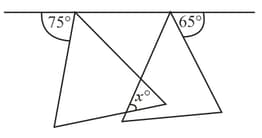
What is the measure of ?
In , , then find each angle of .
Given and . Find the value of the as shown in the below figure.
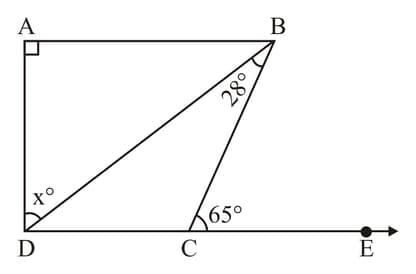
An external angle of a triangle is and its interior opposite angles are equal. Then, each angle is _______.
In a If , then find .
As a part of a campaign, a huge balloon with message of 'AWARENESS OF CANCER" was displayed from the terrace of a tall building. It was held by strings of length 8 m each, which inclined at an angle of at the point, where it was tied as shown in the figure.
The perpendicular distance from the centre of the circle to the chord is if the radius of the circle is , then find the value of .
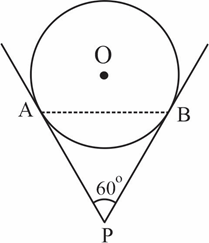
As a part of a campaign, a huge balloon with message of "AWARENESS OF CANCER" was displayed from the terrace of a tall building. It was held by strings of length each, which are inclined at an angle of at the point where it was tied as shown in the figure. If the length of is , then find the value of .
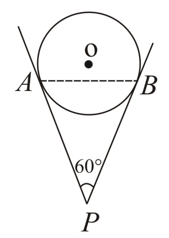
is a cyclic quadrilateral and is a tangent to the circle at . If is a diameter, and then find the measure of (write answer without degree symbol) is
In a . If the sum of and is , then is equal to
Diagonals of a parallelogram intersect at . If , then is

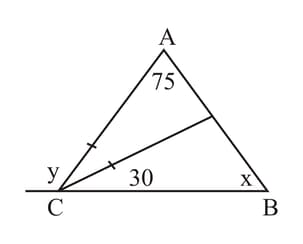 .
.